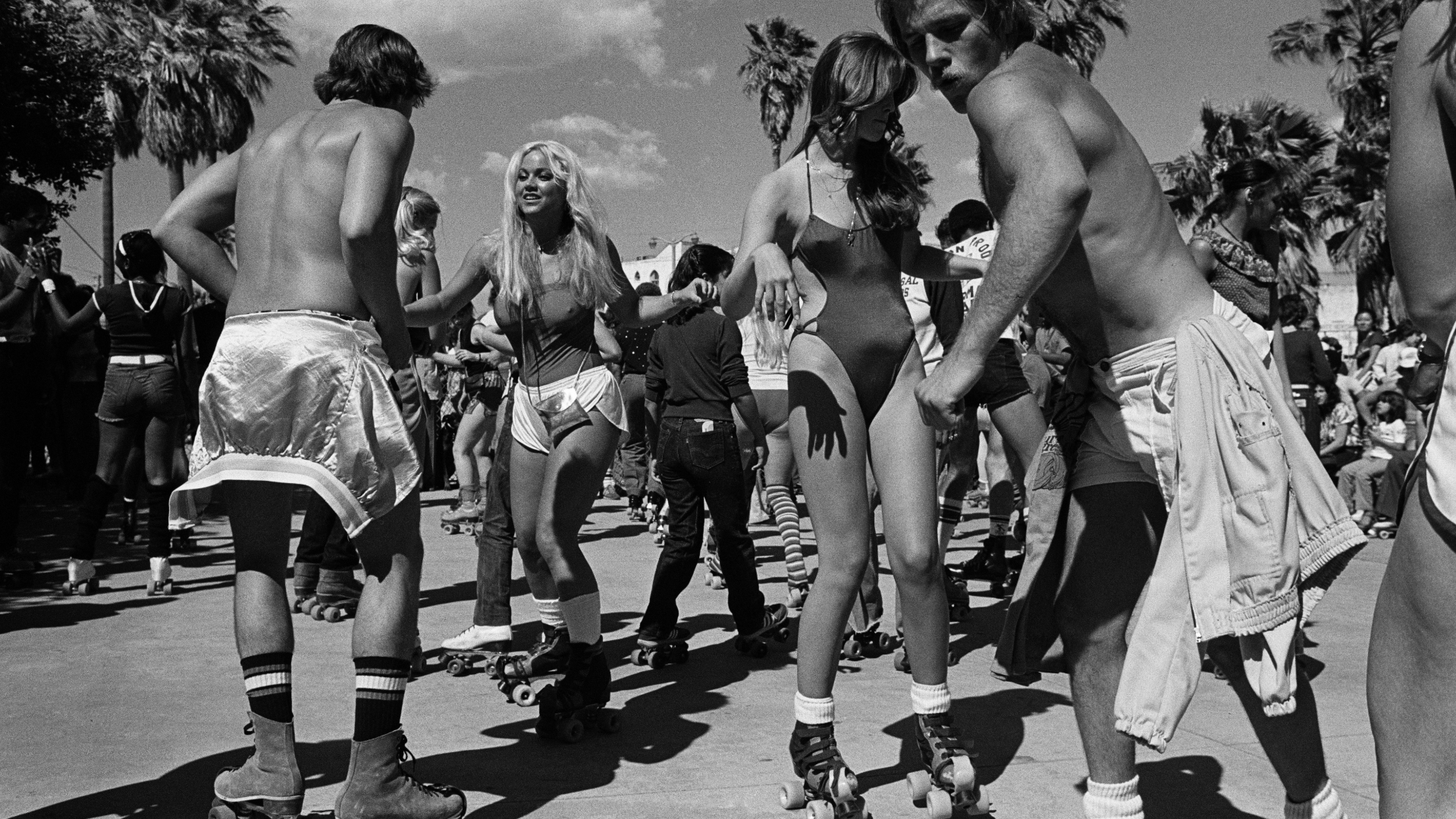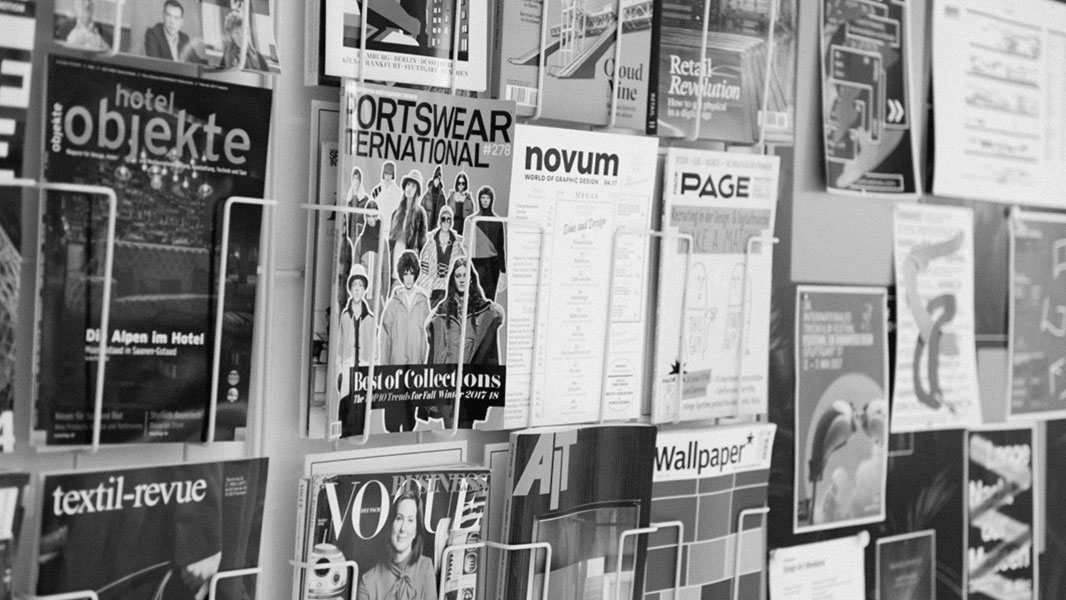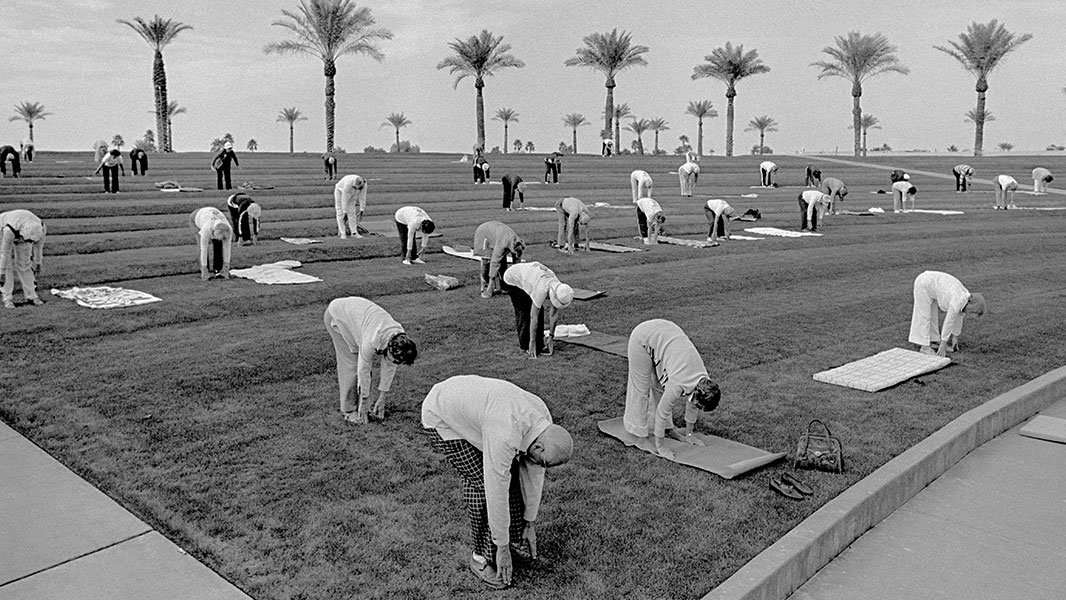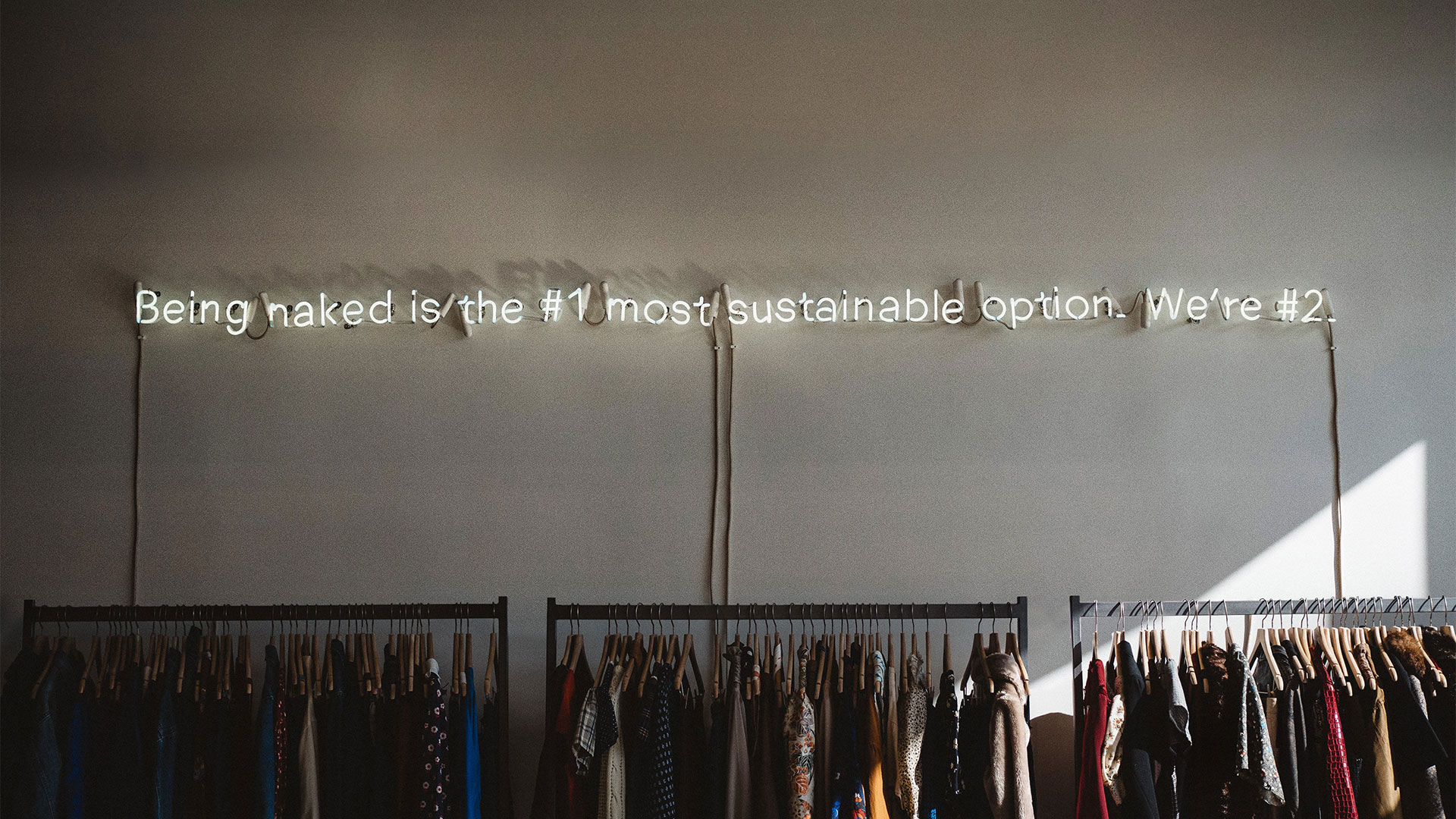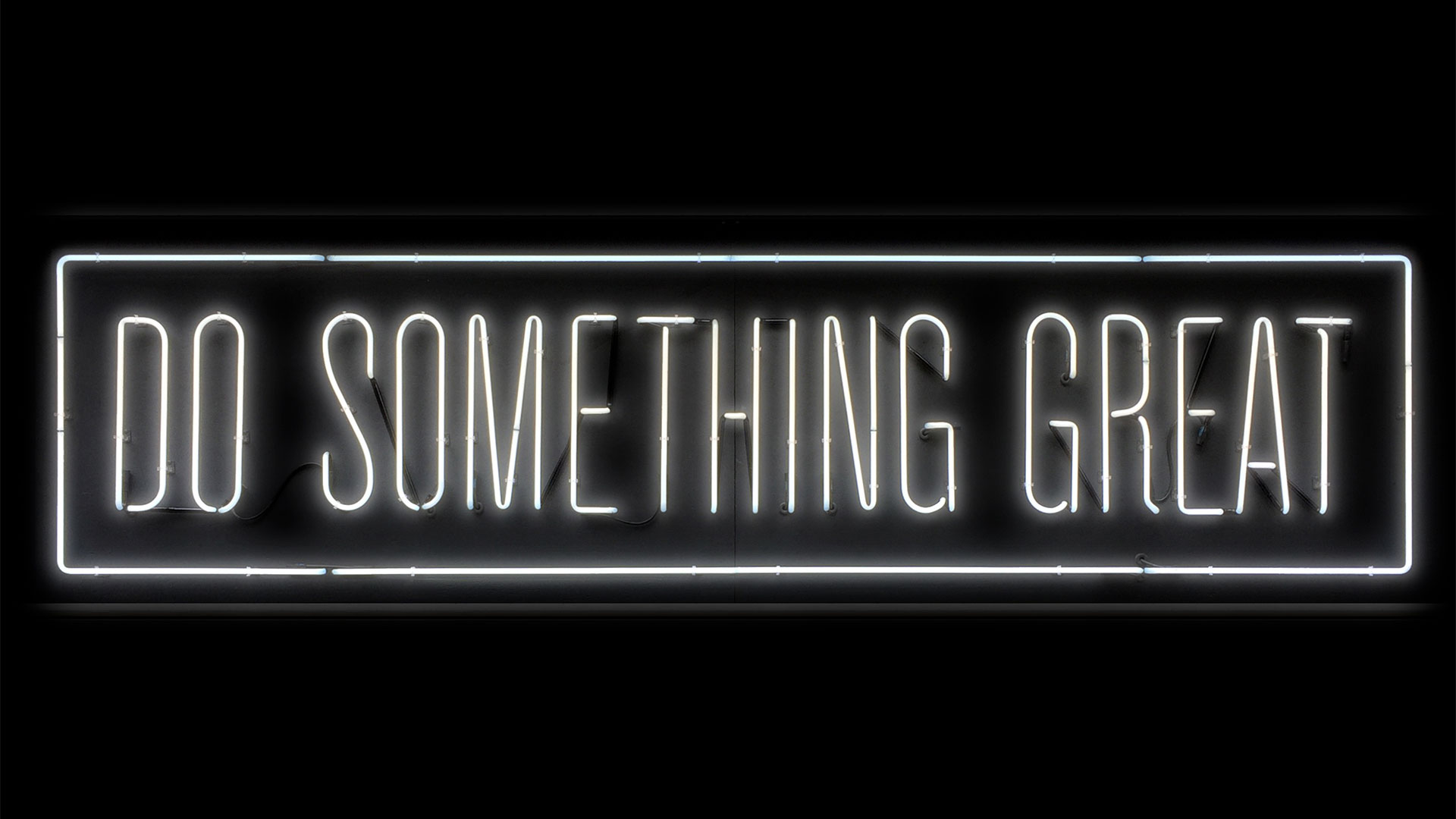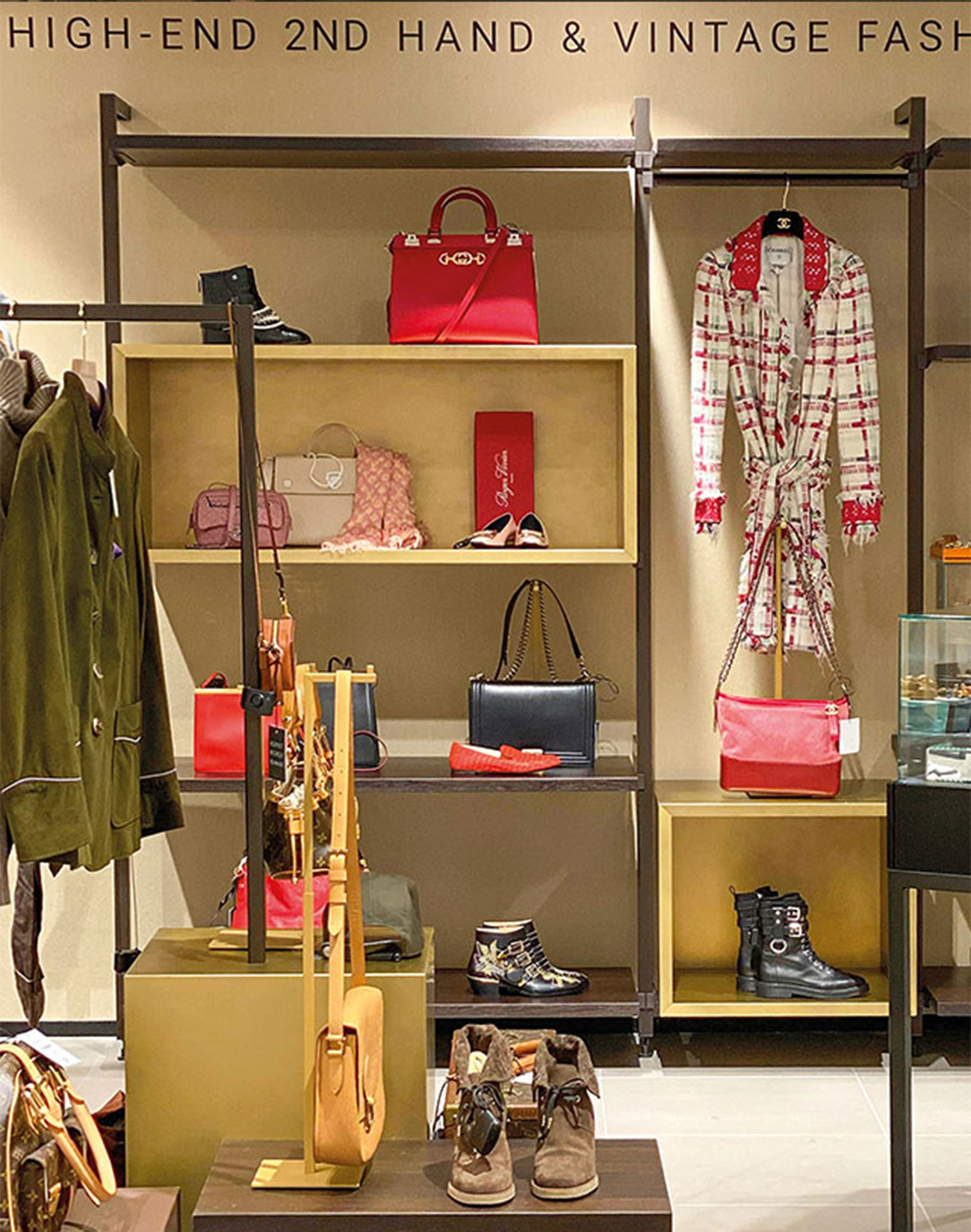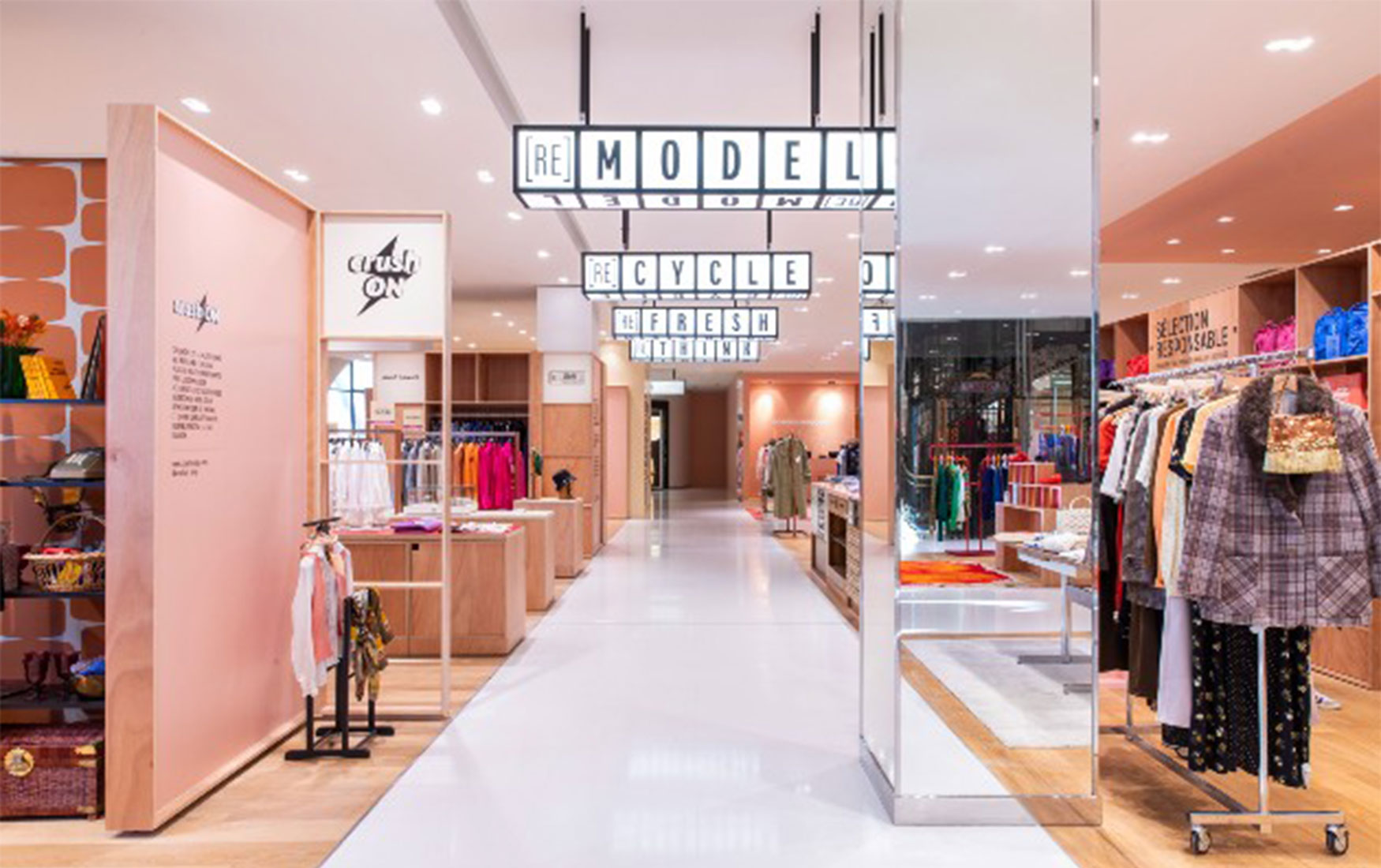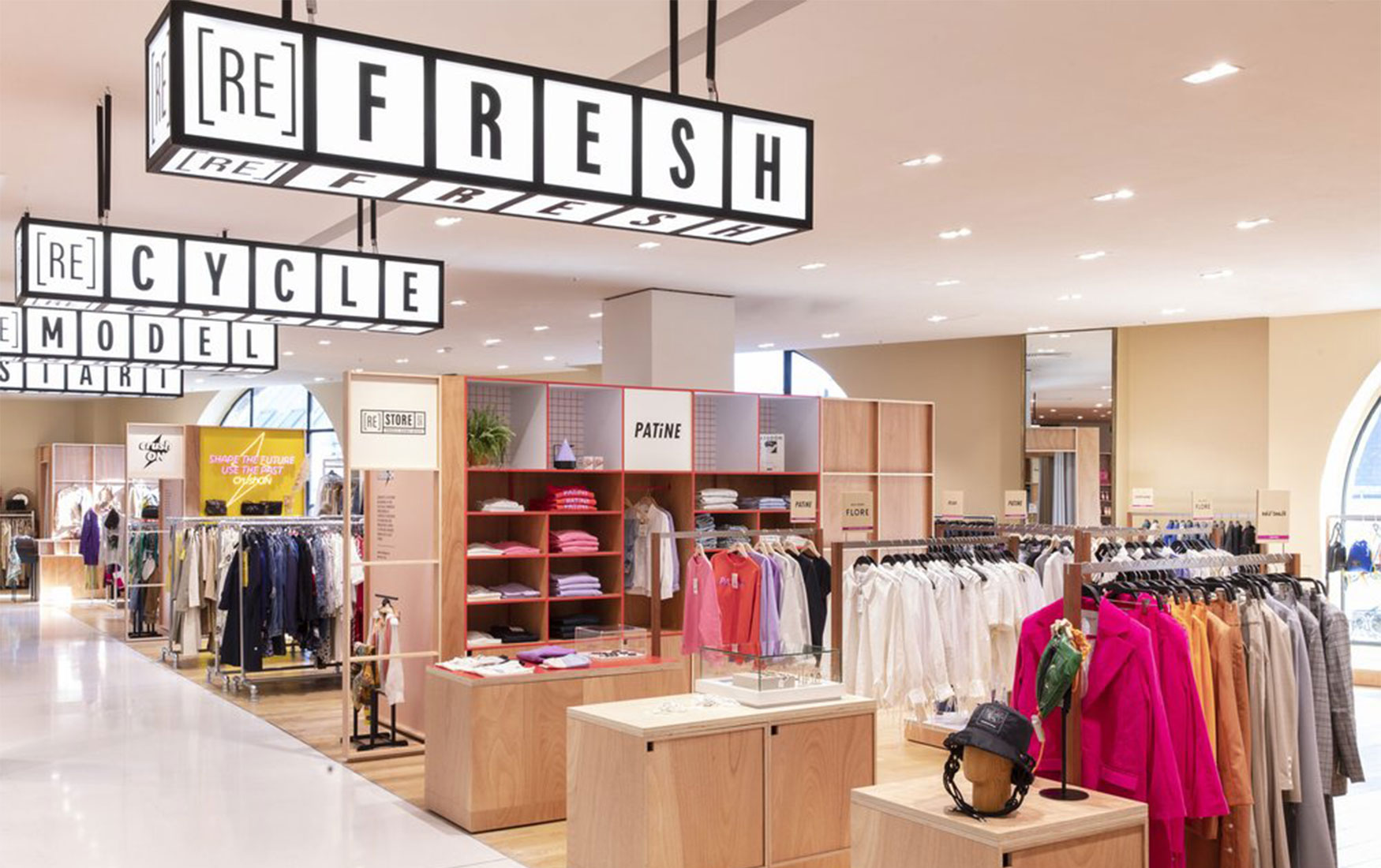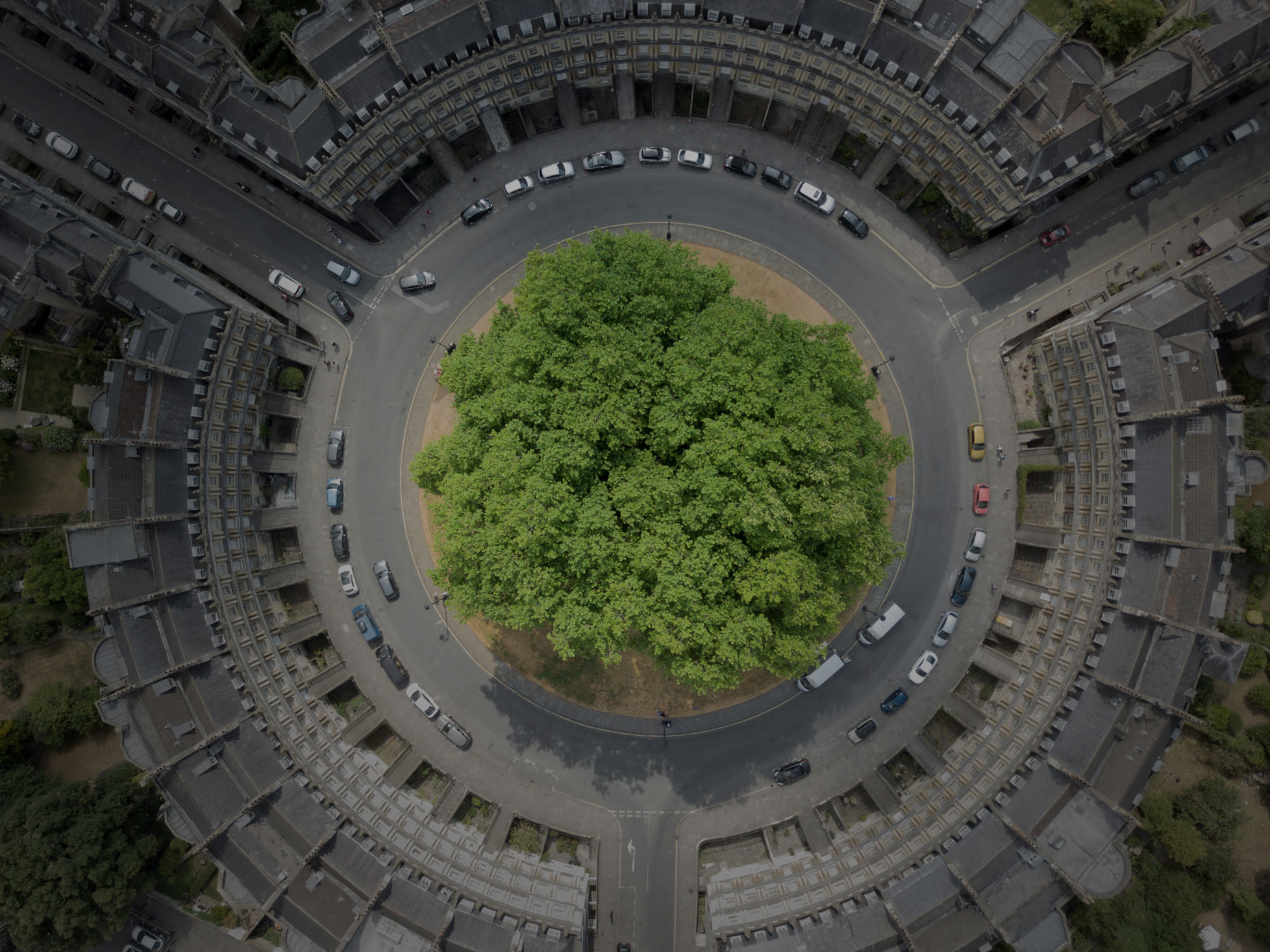Shift happens
VALUE DRIVEN RETAIL
More is being demanded of brands than ever before: customers today insist on far more than quality and availability, and they are less willing to tolerate shortcomings. Consumers themselves are changing the retail landscape faster than ever. In addition, triggered by the pandemic, the way the players in brick-and-mortar retail are being seen is also changing. It is first and foremost the sought-after Generation Z and Millennials who are setting increasing stock by sustainability, diversity, fairness and inclusion in choosing their preferred retailers and brands. According to one study, 60 per cent of Europeans are trying to buy clothing exclusively from socially and ecologically responsible businesses. Why should they give their money to someone who doesn’t share the same values? The clothing and textile sector is one of the most resource-intensive and environmentally harmful industries in the world – not to mention social responsibility – which is why this industry plays such a key role in the public debate around water scarcity, climate change and human rights. That is precisely why these businesses are increasingly in the public eye. Once a brand has been tainted with a negative association, it is very difficult to erase it from consumers’ memories. Over half of Generation Z and Millennial consumers say that they are aware of brands’ commitment to sustainability, and over 40 per cent take sustainable commerce into consideration when making their purchases. They want not only to consume responsibly, but also to make purchases in an environment that meets their standards. With regard to brick-and-mortar retail, sustainable, future-proof solutions are required, with approaches that are sincerely meant rather than only superficial greenwashing.
NEW MINDSET, NEW CHALLENGE – CONSCIOUS CONSUMPTION ON THE RISE
Accelerated by the pandemic, we are currently experiencing one of the biggest upheavals in consumption habits for decades. More and more people are turning away from meaningless mass consumption and the throwaway culture. They want to spend their money with businesses who reflect their values in terms of the environment and social responsibility. The pandemic did not trigger this development but has reinforced it. Consumers are increasingly unwilling to make compromises, and are no longer spending money on things which do not reflect their own convictions and attitudes – with far-reaching consequences for retail. It is not only expected of a business that it should share these values and convictions, but also that it must live up to the image it outwardly presents, and act accordingly – sustainably! Authenticity is enormously important: instead of merely buying products, a majority of consumers want to consume holistic experiences. Values-based communication and cultural credibility are the new currency; purpose has changed from a hygiene factor to a success factor. That is why retailers must keep in step with customer needs, and take a clear position – otherwise they will not become a natural part of the individual values universe. In the meantime, sustainability communication has become part of Corporate Social Responsibility. Those who fail to join in will lose important image points. Businesses must ask themselves how they can tackle these growing challenges because it is more than high time that they did. Consumer behaviour is changing faster all the time. Those who temporise or hesitate risk falling behind. Christoph Stelzer, DFROST co-founder and Managing Partner firmly believes:
»In order to meet customer expectations with regard to sustainable consumption and lifestyle, brands not only need to rethink production factors, but also drive the introduction of circular service models such as repair and return programmes. This approach also means that the brick-and-mortar store has to be turned into a credible stage for this value shift, and be fully integrated into a brand’s self-image.«
CLOSING THE LOOP
The Ellen MacArthur Foundation defines a circular economy as “a systems solution framework that tackles global challenges like climate change, biodiversity loss, waste, and pollution”. The old loop of take, make and waste is being replaced by a more holistic loop of re-use, recycle and redesign. The circular concept is becoming the raison d’être for design in the 21st century. Because the key to transitioning from our current linear economic system geared to mass production to a circular economy is the initial design of products and services – i.e. the way we devise them from the start to have a sustainable lifecycle. Circular business models include resale, repair and rental. In keeping with the motto “sharing is caring”, more and more people are rejecting ownership in favour of renting. Extending from cars, to technical gadgets to clothing, this segment has enjoyed major growth in recent years, which is why a number of fashion and luxury brands have made the leap to the sharing economy. The avoidance of waste and the longest possible use of products are central strategies of a circular economy for fashion. By making items available for rent, they are pursuing the goal of increasing the useful life of clothing items which would otherwise be sold and worn only a few times. Since, at first glance, the resale of products is far more lucrative, the question arises as to whether such models are worthwhile in the long term. However, after just an initial closer look, approaches can already be identified such as generally boosting the desirability of lent products, or increasing the frequency of visits by customers who return products or who select new ones when visiting the integrated preloved sections of brick-and-mortar retail outlets. Independently of this, views about products and their intrinsic value are certainly changing. Something that has long worked for design classics – in the area of furniture, for example – is suddenly transferring to other consumer products: an upscaling of salvage value. It is therefore also of advantage to brands if their used products have a “market value”.
THE FUTURE IS PRELOVED
Second-hand is seen as a gigantic growth market. Major brands are also increasingly discovering the second-hand market and banking on circular business models. According to a study by the German Fashion Association, although only around one-fifth of consumers currently buy used clothing, there is a clear upward trend. The corporate consultancy KPMG and the Cologne-based EHI Retail Institute believe that second-hand clothing could achieve a market share of 20 per cent in the coming ten years. These developments also give a completely new meaning to the way vintage fashion is presented: second-hand is shedding its fusty image. And here’s a crucial aspect: the treatment and presentation of the goods determine the price – especially because since, logically, vintage is sustainable, it has at latest by now become fully accepted and is more in vogue than ever before. This will also have a long-term impact on the fashion ranges on offer. This is not only a question of iconic designer pieces – the “vintage” label beats the exclusivity of expensive individual items. The main thing is: no fast fashion. »Originals are authentic, undiluted and, on top of that, also limited edition. That creates a new, second desirability. This also goes hand in hand with presentation. Thus, independently of their former market value, rare individual pieces can be given a new value and a different space. This always entails curated shopping experiences, which is why vintage pieces can serve as a welcome addition to existing ranges,« in the opinion of the DFROST retail experts. Leading luxury department stores such as Galeries Lafayettes and Le Printemps have long since recognised this trend and have set up their own second-hand departments. However, since vintage accessories from luxury brands are still expensive, the opportunity to personally inspect a piece at a physical store is of great value – offering a crucial advantage over the online platforms that are booming everywhere.
CARE & REPAIR
Various studies have shown that the pandemic has awakened the wish for greater longevity with regard to consumer items. According to the latest EY Future Consumer Index, the pandemic has made consumers realise that they can manage with less. 45 per cent of interviewees said that they would prefer to repair items rather than replace them. In response to this trend, more and more businesses are offering repair services for items they have sold. Resources should ideally remain within the loop in their most original form, in order to reduce negative environmental impacts. At Le Printemps there is an entire Circular Economy department, inclusive of a sneaker cleaning and repair service. As Alexander Salzer, Managing Partner at DFROST recommends: »Both brands and retailers should provide their customers with tools that make it easier for them to extend the longevity and thus the useful life of the products they have bought. Clothing, in particular, is discarded because it is damaged or faded. With improved access to care products, repair services and know-how, this phenomenon can be significantly reduced. Further positive touch points can be generated – directly guided and driven by the brands – which will pay off for brands and businesses in the shape of increased customer loyalty.«
CIRCULAR RETAIL CULTURE AT THE POS
The product itself is, however, only one part of the customer journey. The Point of Sale, in particular, must move further towards sustainability. As Christoph Stelzer explains: »To create an authentic Circular Retail Culture experience at the POS, experts are needed who will use their finesse to deliver/curate a well-thought-out presentation of the entire brand image – with customised, cross-channel concepts, while fully considering resources. Vintage Fashion and Care & Repair need special presentation and communication in order to create relevant impact and relevant content for the brand. Innovative approaches and appealing concepts are key to tackling this value shift.« There are many concrete approaches for reducing negative impacts on the environment. One of the main ones, apart from the use of sustainable materials, is flexible, modular design that allows for adjustments and modifications without the need to invest in new materials. In short, circular design means creating a system that delivers what is needed with minimum waste, and with maximum use and reuse. How can the demanding carousel of retail spaces with their hunger for “the new” be reconciled with the circular economy? »In the long term, it will be essential for retailers to integrate sustainable thinking into their strategy as a design factor. The use of recycled materials – which can also be constantly reused and presented together in an inspiring way – is in tune with both the current zeitgeist and brands’ cost-focused approaches, so it pays off twice over,« Alexander Salzer explains. Ultimately, for us it is always about understanding customer needs and creating the basis for them to develop fully. It is only through identification and inspiration that experiences with lasting relevance for consumers and community can be created.
